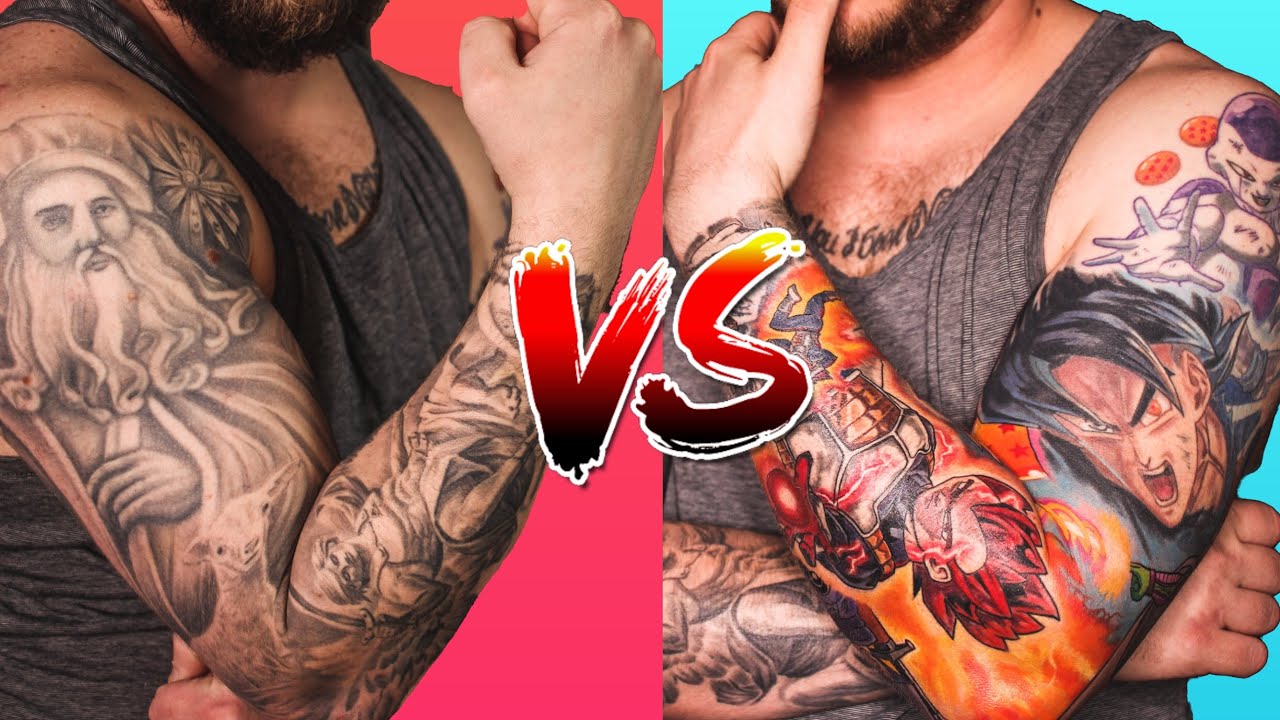Tattoos have long been a form of self-expression, a canvas upon which people etch their stories, beliefs, and passions. In recent years, the art of tattooing has evolved dramatically, with color tattoos emerging as a vibrant and captivating medium. From bold and vivid designs to delicate watercolor-like masterpieces, color tattoos offer a breathtaking array of possibilities for both the wearer and the artist.
The Evolution of Color Tattoos
Tattooing, in its earliest forms, often relied on simple black ink designs. However, as the art form gained popularity and acceptance, artists began to experiment with color. Traditional tattoo pigments were limited in their range and vibrancy, but advancements in tattoo ink technology have revolutionized the possibilities for color tattoos. Today, artists have access to a vast spectrum of colors, including vibrant hues and subtle shades, allowing for unparalleled creativity and detail in their work.
The Artistry Behind Color Tattoos
Creating a stunning color tattoo requires not only technical skill but also a deep understanding of color theory and composition. Talented tattoo artists approach each design as a unique piece of art, carefully selecting colors that complement one another and harmonize with the wearer’s skin tone. From the initial concept to the final touches, every step of the tattooing process is infused with creativity and precision.
Styles and Techniques
Color tattoos encompass a wide range of styles and techniques, each offering its own distinct aesthetic appeal. Some popular styles include:
- Traditional: Drawing inspiration from classic American tattooing, traditional color tattoos feature bold outlines and a limited color palette dominated by primary colors. Iconic imagery such as roses, anchors, and swallows are common motifs in this style.
- Realism: Realistic color tattoos aim to capture the intricate details and nuances of their subject matter with astonishing accuracy. Whether it’s a portrait, animal, or landscape, these tattoos showcase the artist’s ability to render lifelike images on skin.
- Watercolor: Characterized by fluid brushstrokes and blending colors, watercolor tattoos evoke the soft, ethereal quality of watercolor paintings. These tattoos often feature abstract designs or whimsical illustrations, creating a dreamlike effect on the skin.
- Neo-Traditional: Combining elements of traditional tattooing with contemporary aesthetics, neo-traditional color tattoos feature bold lines, dynamic compositions, and a rich color palette. This style allows artists to put a modern spin on classic tattoo motifs, resulting in visually striking designs.
Symbolism and Meaning
Like all tattoos, color tattoos hold personal significance for the wearer. Each color carries its own symbolic meaning, adding layers of depth and complexity to the design. For example:
- Red: Symbolizing passion, love, and vitality, red is often used in tattoos to evoke strong emotions and convey powerful messages.
- Blue: Representing tranquility, wisdom, and spirituality, blue tattoos can evoke a sense of calm and introspection.
- Green: Associated with growth, renewal, and nature, green tattoos often symbolize harmony, balance, and the cycle of life.
- Yellow: Signifying joy, optimism, and intellect, yellow tattoos can add a cheerful and uplifting element to a design.
- Purple: Symbolizing creativity, mystery, and royalty, purple tattoos are often chosen by those who embrace their individuality and inner strength.
The Importance of Collaboration
A successful color tattoo is the result of a collaborative effort between the artist and the client. During the design process, artists work closely with their clients to understand their vision, preferences, and personality. Whether it’s incorporating meaningful symbols or adjusting the color palette to suit the wearer’s preferences, open communication is key to creating a tattoo that truly reflects the individuality of the client.
Caring for Color Tattoos
Proper aftercare is essential for preserving the vibrancy and longevity of a color tattoo. Immediately after the tattooing process, artists provide detailed instructions on how to care for the new tattoo, including cleaning and moisturizing techniques. Additionally, avoiding prolonged exposure to sunlight and using sunscreen can help prevent fading and maintain the integrity of the colors over time.
Conclusion
Color tattoos represent a dynamic and expressive form of body art, allowing individuals to adorn themselves with vibrant hues and intricate designs that reflect their unique personalities and experiences. From traditional motifs to contemporary styles, the world of color tattoos offers endless possibilities for self-expression and creativity. Whether commemorating a significant life event or simply embracing one’s aesthetic preferences, color tattoos continue to captivate and inspire both wearers and artists alike, reaffirming the timeless allure of tattooing as a medium for artistic expression.
